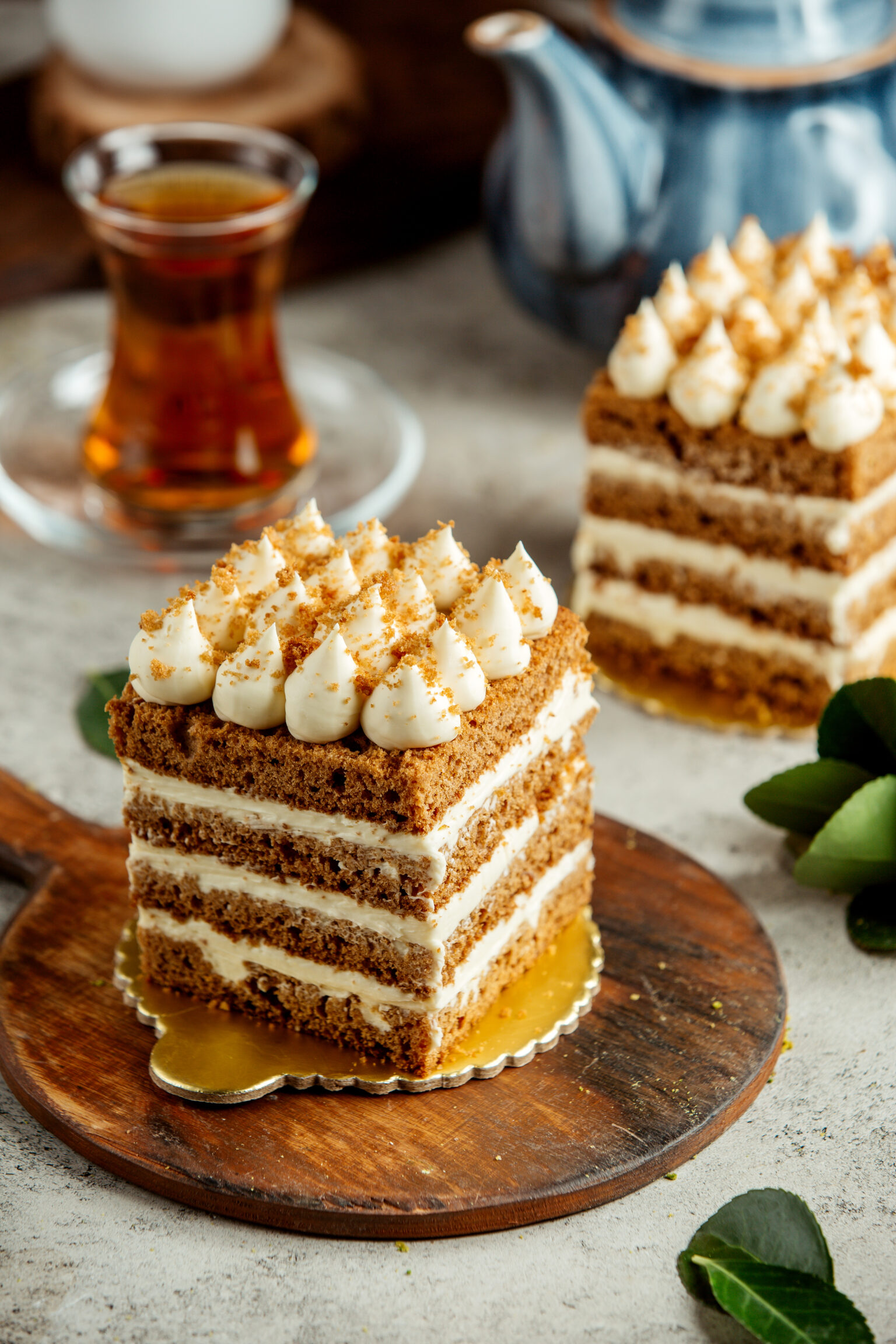Butterscotch cake is a delightful dessert that features the rich, buttery, and caramel-like flavor of butterscotch. If you want to create a scrumptious butterscotch cake that will impress your family and friends, here are some helpful tips to guide you:
- Gather Quality Ingredients: Start by using high-quality ingredients to ensure the best flavor and texture. Use unsalted butter, fresh eggs, pure vanilla extract, and high-quality butterscotch chips or butterscotch sauce. The quality of the ingredients will significantly impact the taste of the cake.
- Incorporate Butterscotch Flavor: To infuse the cake with the distinct butterscotch flavor, incorporate it into the batter. You can do this by adding butterscotch chips or butterscotch sauce to the batter. Make sure to measure the ingredients accurately to achieve the perfect balance of flavors.
- Use Brown Sugar: Brown sugar adds depth and enhances the caramel notes in the butterscotch cake. Replace some or all of the granulated sugar in the recipe with brown sugar to intensify the butterscotch flavor. The moisture content in brown sugar also contributes to a moist and tender cake.
- Enhance the Texture: Butterscotch cakes tend to be dense and moist. To achieve a fluffy and tender texture, make sure not to overmix the batter. Mix the ingredients until just combined, using a spatula or a hand mixer on low speed. Overmixing can result in a dense and heavy cake.
- Consider Buttermilk or Sour Cream: Buttermilk or sour cream can add moisture and richness to the cake. Substitute a portion of the milk in the recipe with buttermilk or sour cream to enhance the flavor and texture. This will result in a moist and tender butterscotch cake.
- Grease and Flour the Cake Pans: Grease the cake pans with butter or cooking spray and lightly dust them with flour. This will prevent the cake from sticking to the pans and ensure easy removal. Alternatively, you can line the pans with parchment paper for added convenience.
- Bake at the Right Temperature: Follow the recommended baking temperature in the recipe. Most butterscotch cakes bake well at around 350°F (175°C). Monitor the baking time and check for doneness by inserting a toothpick or a cake tester into the center of the cake—it should come out clean or with a few moist crumbs attached.
- Cool the Cake Properly: Allow the cake to cool in the pan for about 10 to 15 minutes. Then, gently invert it onto a wire rack to cool completely. Proper cooling prevents the cake from breaking and helps it retain its shape.
- Butterscotch Frosting: To further enhance the butterscotch flavor, consider making a butterscotch frosting. This can be achieved by combining butterscotch chips, butter, powdered sugar, and a splash of milk or cream. Beat the ingredients until smooth and creamy, adjusting the consistency as needed.
- Decorate and Serve: Once the cake has cooled completely, frost it generously with the butterscotch frosting. Use a spatula or a cake decorating tool to spread the frosting evenly over the cake. For an elegant touch, you can drizzle some butterscotch sauce over the frosting or sprinkle crushed butterscotch chips on top.
- Enjoy Every Bite: Slice the cake into portions and savor the delightful butterscotch flavor. This cake is perfect for special occasions or as a delicious treat for butterscotch lovers. Serve it with a scoop of vanilla ice cream or a dollop of whipped cream for an extra touch of indulgence.
By following these tips, you’ll be able to create the best butterscotch cake that is rich, flavorful, and utterly satisfying. Enjoy the baking process and relish every bite of your homemade butterscotch masterpiece.








